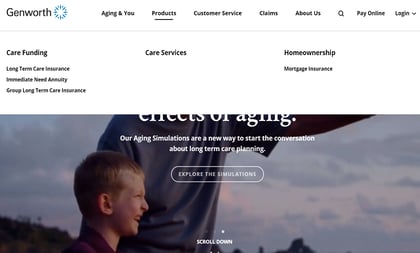Genworth Financial Inc. says one key measure of its U.S. life insurance company capitalization levels improved in 2018, and that the risk-based capital (RBC) ratio for the U.S. life business fell.
(Related: Genworth’s Life RBC Ratio Falls Sharply)
The Richmond, Virginia-based company says that the “positive margin,” or capital cushion, at its Genworth Life Insurance Company (GLIC) unit increased to $1.5 billion at the end of 2018, from about $600 million a year earlier.
GLIC’s RBC level fell to 199%, according to a summary of new cash-flow testing results that was released Tuesday.
That compares with 282% at the end of 2017, Genworth says.
Earlier this month, Genworth predicted that the GLIC RBC ratio for the end of 2018 would be somewhere between 190% and 200%.
The Company
Genworth has been a major player in the U.S. life and annuity markets, and a dominant player in the U.S. long-term care insurance (LTCI) market. It continues to offer LTCI, and it continues to operate a mortgage insurance business.
Genworth breaks out separate results for Genworth Life and Annuity Insurance Company (GLAIC) — a unit has that focused mainly on writing annuities — and Genworth Life Insurance Company of New York (GLICNY).
Genworth has written the bulk of its LTCI coverage through GLIC and GLICNY.
Margin Details
Genworth says the GLIC margin improved because of some benefits from future premium increases; an expectation that some policyholders will let contracts lapse, or hold down premium costs, by accepting lower levels of benefits; and other adjustments related to aging and modeling updates.
The company is also expecting claims to increase, and that’s likely to offset some of the effects of the positive adjustments, Genworth says.









 February 27, 2019 at 04:31 PM
February 27, 2019 at 04:31 PM











